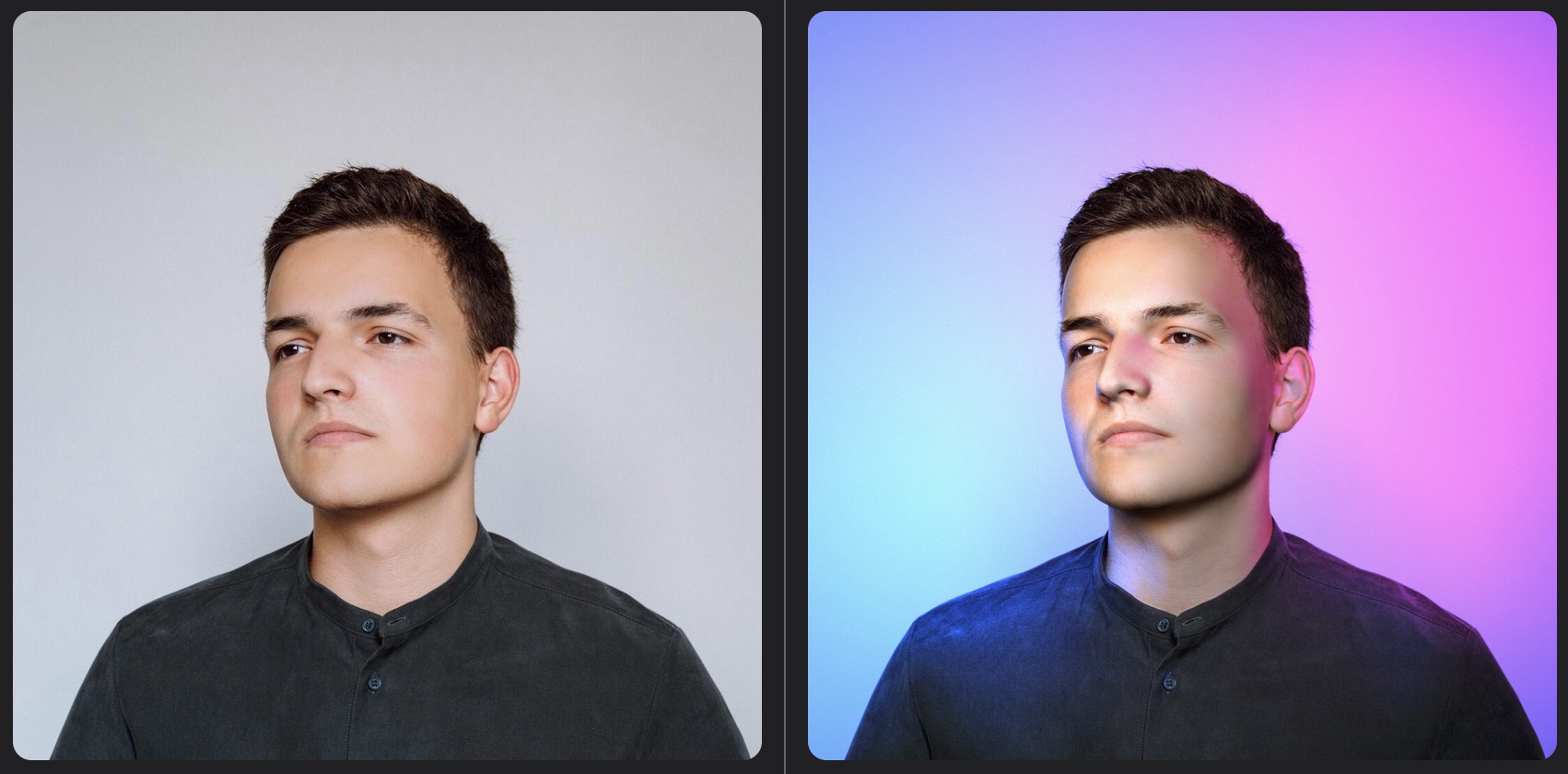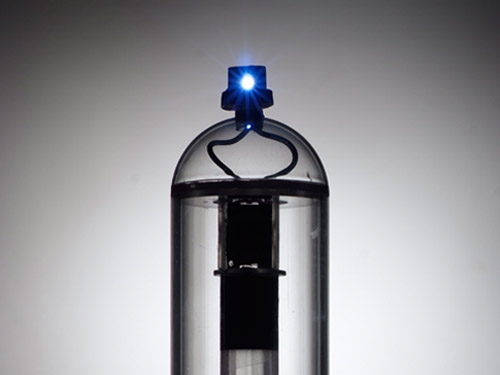This film explores playful uses for the increasingly ubiquitous ‘glowing rectangles’ that inhabit the world.
We use photographic and animation techniques that were developed to draw moving 3-dimensional typography and objects with an iPad. In dark environments, we play movies on the surface of the iPad that extrude 3-d light forms as they move through the exposure. Multiple exposures with slightly different movies make up the stop-frame animation.
We’ve collected some of the best images from the project and made a book of them you can buy: http://bit.ly/mfmbook
Read more at the Dentsu London blog:
http://www.dentsulondon.com/blog/2010/09/14/light-painting/
and at the BERG blog:
http://berglondon.com/blog/2010/09/14/magic-ipad-light-painting/
From Dentsu London, Making Future Magic:
We use photographic and animation techniques that were developed to draw moving 3-dimensional typography and objects with an iPad. In dark environments, we play movies on the surface of the iPad that extrude 3-d light forms as they move through the exposure. Multiple exposures with slightly different movies make up the stop-frame animation.
Take that, Picasso.



